What Is Pigging?
Pigging is a maintenance process used in pipelines to remove debris, buildup, and other contaminants. The term “pig” refers to a device, known as a pipeline inspection gauge (or pig), that travels through the pipeline.
There are several types of pigs, each designed for specific tasks, such as cleaning, inspecting, or facilitating the flow of materials. During the pigging operation, the pig is propelled through the pipeline by the flow of the transported material or by using compressed air or water.
As the pig moves, it scrapes the walls of the pipeline, removing unwanted substances like wax, scale, and sediment. This process helps maintain the efficiency of the pipeline, prevents blockages, and extends the pipeline’s lifespan. Additionally, some pigs come equipped with sensors that inspect the pipeline’s condition. These sensors identify potential issues such as corrosion or cracks. Overall, pigging is a crucial activity for ensuring safe operation of pipeline systems. It enhances efficiency in various industries, including oil, gas, and water management.
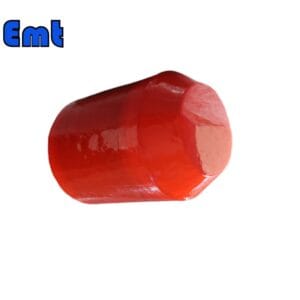
Pipeline Maintenance
Pipeline maintenance is a critical process that ensures the safe and efficient operation of pipeline systems. It involves regular inspections, cleaning, and repairs to prevent leaks, blockages, and other issues that could compromise the integrity of the pipeline.
Key aspects of pipeline maintenance include:
Routine Inspections: Operators conduct visual inspections and use advanced technologies, such as smart pigs and drones, to assess the condition of the pipeline. These inspections help identify corrosion, cracks, and other potential problems early on.
Cleaning: Regular cleaning is essential to remove debris, sediment, and buildup from the pipeline. This can be achieved through pigging, where specialized devices travel through the pipeline to scrape its walls.
Leak Detection: Implementing leak detection systems helps monitor the pipeline for any signs of leakage. Technologies such as acoustic sensors and pressure monitoring can alert operators to potential issues.
Repairs and Upgrades: Maintenance also involves repairing damaged sections of the pipeline and upgrading materials or technologies to enhance performance and safety.
Regulatory Compliance: Pipeline maintenance must adhere to industry regulations and safety standards. Regular reporting and documentation ensure compliance and promote accountability.
Pipeline Cleaning Tools
Pipe cleaning pigs are specialized devices used to maintain the cleanliness and efficiency of pipelines. These tools travel through the interior of pipes to remove debris, buildup, and other obstructions that can hinder the flow of fluids. Here are some key aspects of pipe cleaning pigs:
Types of Pigs: There are several types of pipe cleaning pigs, each designed for specific cleaning tasks. Common types include:
Foam Pigs: Made from resilient foam, these pigs are flexible and can navigate bends in the pipeline while effectively scraping the walls.
Brush Pigs: Equipped with brushes, these pigs provide additional scrubbing action to remove stubborn deposits.
Magnetic Pigs: These pigs contain magnets that attract ferrous debris, efficiently removing metal particles from the pipeline.
Operation: Pipe cleaning pigs are propelled through the pipeline by the flow of the transported fluid or by compressed air. As they move, they dislodge and collect debris, ensuring a thorough cleaning process.
Inspection Capabilities: Some pigs are equipped with sensors and cameras, allowing them to inspect the pipeline while cleaning. This dual functionality helps identify issues such as corrosion, cracks, or other structural problems.
Applications: Pipe cleaning pigs are widely used in various industries, including oil and gas, water treatment, and chemical processing. They play a crucial role in maintaining pipeline integrity, preventing blockages, and ensuring optimal flow rates.
Benefits: Using pipe cleaning pigs enhances operational efficiency, reduces maintenance costs, and extends the lifespan of pipelines. Regular cleaning helps prevent costly downtimes associated with clogs and flow restrictions.
Pipe Cleaning Pig Parameters
| Name | Oil Pipe Pig |
| Material | 1. steel framework main body. |
| 2. The disc material are available for Polyurethane, Viton, Neoprene, Nitrile butadiene etc. | |
| 3. The cup material are available for Polyurethane, Viton, Neoprene, Nitrile butadiene etc. | |
| 4. Steel brush or nylon brush. | |
| Feature | 1. Firstly, good wearing resistance. |
| 2. Secondly, strong passing ability. | |
| 3. Nice cleaning performance. | |
| 4. Then accurate location and tracking. | |
| 5. At last, a low rate of false positives. | |
| Packing way | packed pipe cleaning pigs with inner plastic film and outer plywood wooden case. |
| Payment | TT/LC |
| Advantage | 1. Firstly, good sealing performance. |
| 2. Secondly, high wear resistance. |
Importance of Pigging
Pigging plays a crucial role in maintaining the efficiency and safety of pipeline systems across various industries. Here are several key reasons why pigging is important:
Preventing Blockages: Regular pigging removes debris, buildup, and sediments that can cause blockages. This ensures a continuous flow of materials and reduces the risk of operational disruptions.
Enhancing Efficiency: Clean pipelines operate more efficiently, allowing for optimal flow rates and reduced energy consumption. Pigging helps maintain these efficiency levels, which is vital for maximizing productivity.
Detecting Issues: Many pigs are equipped with sensors and inspection capabilities. They can identify potential problems such as corrosion, leaks, or structural integrity issues during the cleaning process, enabling proactive maintenance.
Extending Pipeline Life: By regularly cleaning and inspecting pipelines, pigging helps prevent long-term damage. This extends the lifespan of the infrastructure, reducing the need for costly repairs or replacements.
Ensuring Safety: Clean pipelines reduce the risk of leaks and spills, which can pose environmental hazards and threaten public safety. Pigging contributes to safer operational practices in industries like oil and gas.
Regulatory Compliance: Many industries face strict regulations regarding pipeline maintenance and safety. Regular pigging helps companies comply with these standards, avoiding potential fines and legal issues.
Cost Savings: By preventing blockages and maintaining efficient flow, pigging reduces maintenance costs and minimizes downtime. This leads to significant savings over time, making it a cost-effective practice.
Versatility: Pigging can be applied in various pipeline systems, including those transporting oil, gas, water, and chemicals. Its versatility makes it an essential practice in multiple sectors.


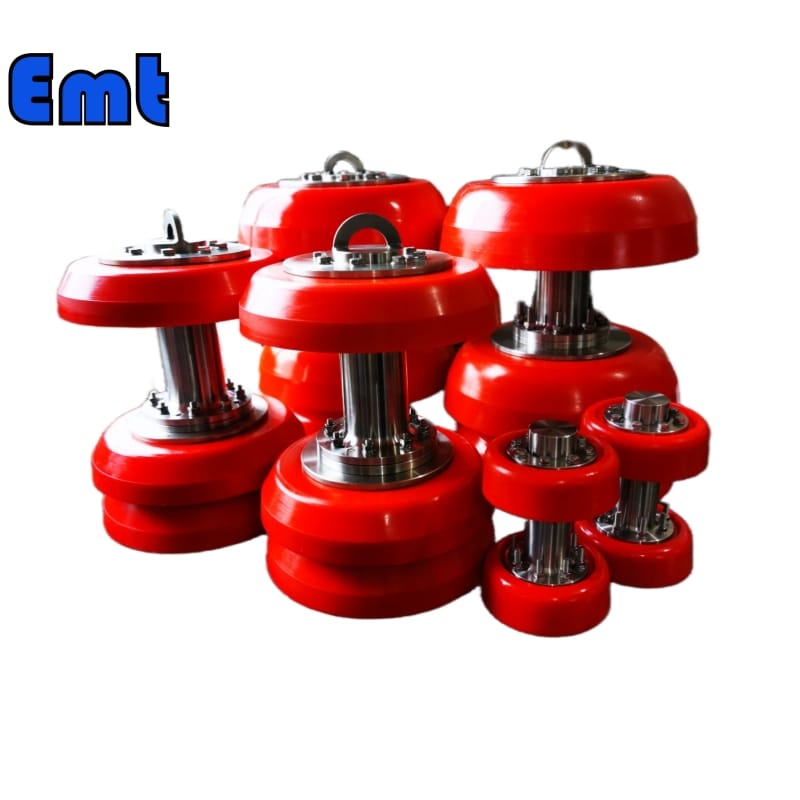
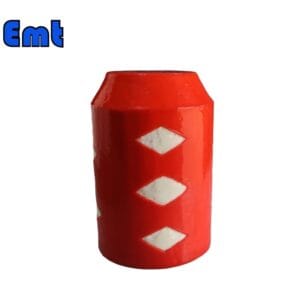
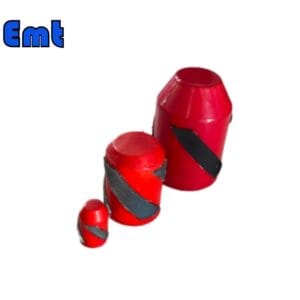
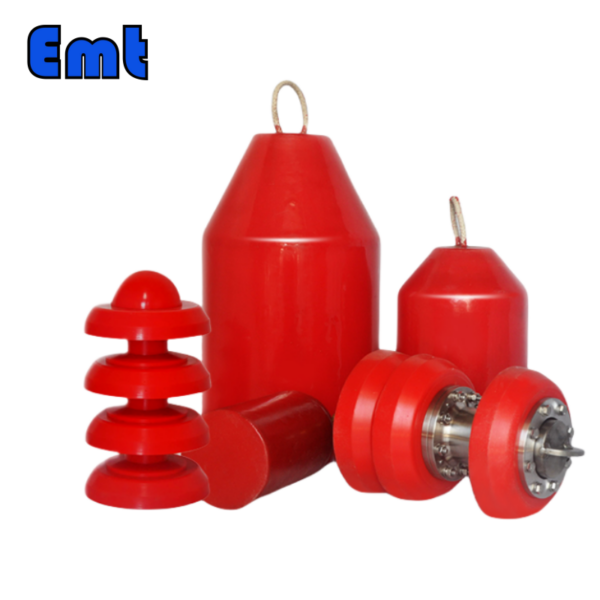
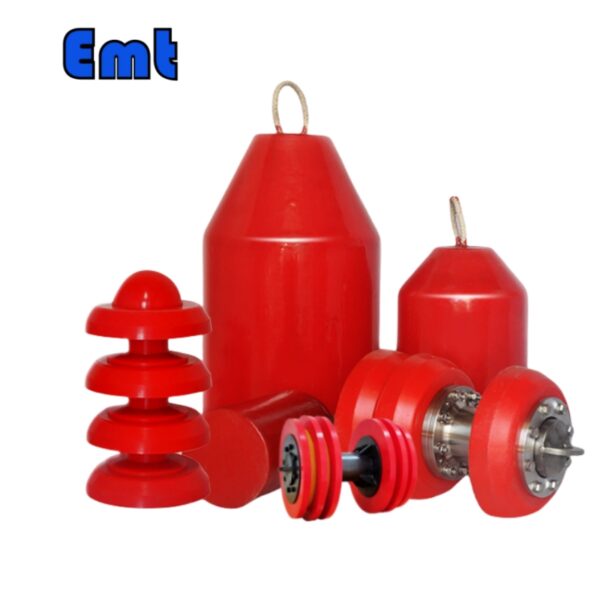
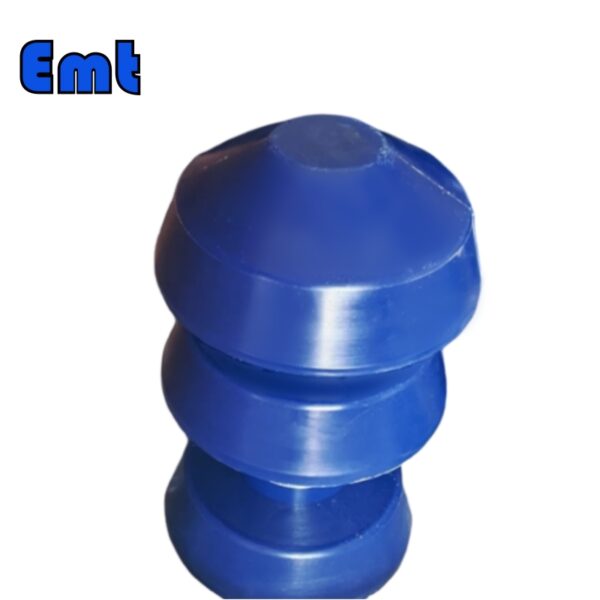
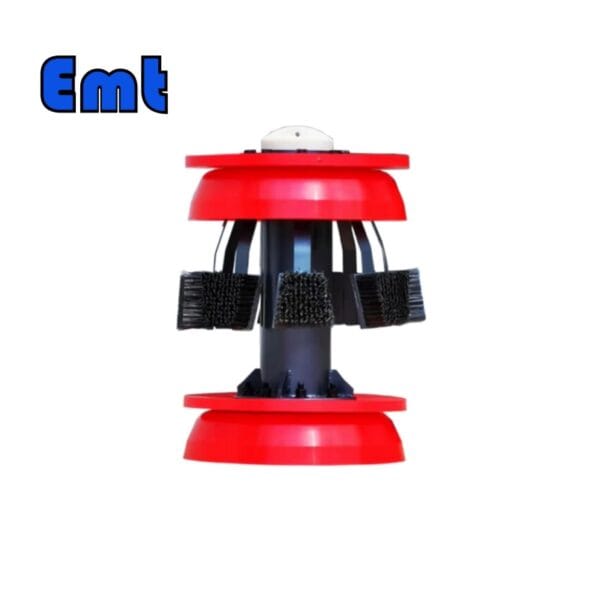
There are no reviews yet.